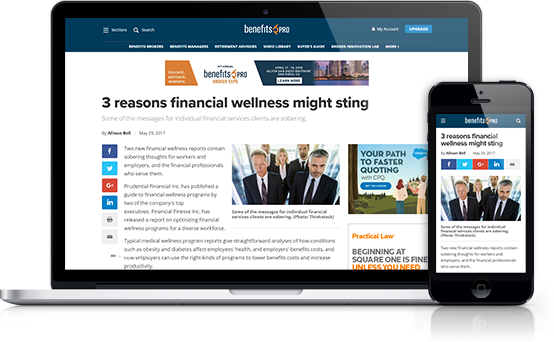 Many telemedicine solutions provide 24/7 access to health care on one seamless platform, which gives employees greater access to the support they need, when and where they need it. (Photo: Shutterstock)
Many telemedicine solutions provide 24/7 access to health care on one seamless platform, which gives employees greater access to the support they need, when and where they need it. (Photo: Shutterstock)
Adoption of digital technologies surged during the pandemic, eliminating the need to go in person to see a health care provider and risk exposure to COVID-19. A recent study by FAIR Health found a 4,347% increase in telehealth claims to private insurers from 2019 to 2020. But many barriers to quality care linger post-Covid, including financial concerns, geographic limitations, lack of health care professionals in rural areas, social isolation, and needing to take time off from work.
Continue Reading for Free
Register and gain access to:
- Breaking benefits news and analysis, on-site and via our newsletters and custom alerts
- Educational webcasts, white papers, and ebooks from industry thought leaders
- Critical converage of the property casualty insurance and financial advisory markets on our other ALM sites, PropertyCasualty360 and ThinkAdvisor
Already have an account? Sign In Now
© 2024 ALM Global, LLC, All Rights Reserved. Request academic re-use from www.copyright.com. All other uses, submit a request to [email protected]. For more information visit Asset & Logo Licensing.








